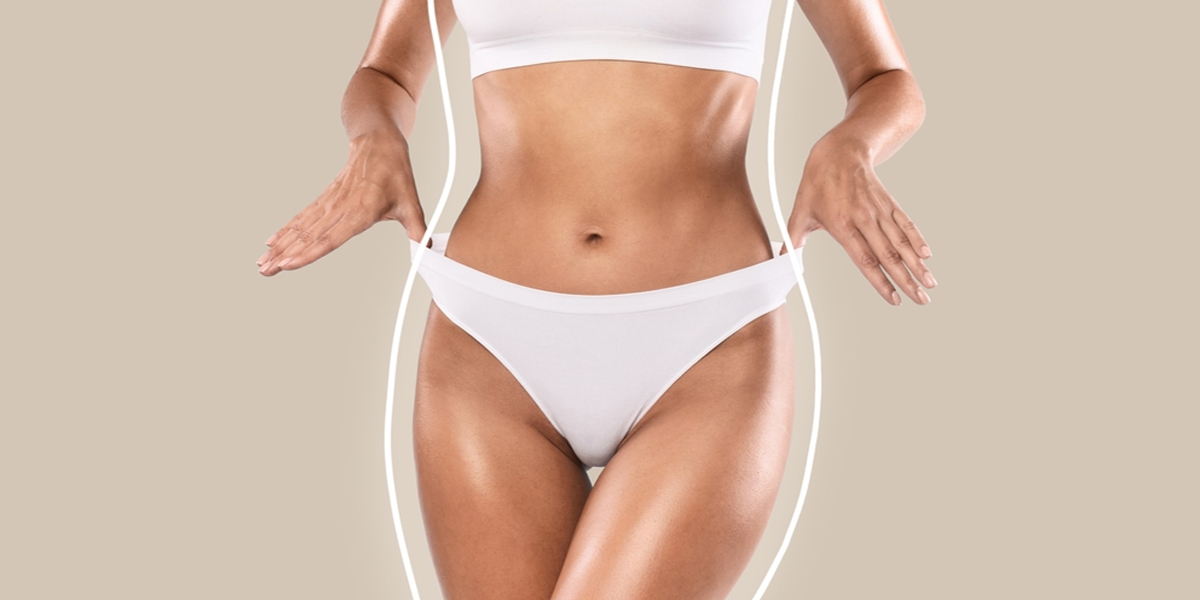Liposuction
What is a Liposuction?
Liposuction is a surgical procedure designed to remove excess fat from specific areas of the body, enhancing contours and proportions. It's often used to sculpt areas that have stubborn fat deposits that don't respond to diet and exercise. The procedure involves using a suction technique to remove fat from beneath the skin. It can be performed on various body parts, including the abdomen, thighs, hips, buttocks, arms, chin, and neck. Liposuction is not a weight loss method but rather a body contouring procedure. It's typically recommended for individuals who are within a stable weight range and in good overall health.
Who is a suitable candidate for Liposuction?
Suitable candidates for liposuction generally include individuals who:
- Have localized fat deposits that are resistant to diet and exercise efforts.
- Are within a stable weight range but have specific areas of excess fat.
- Have good overall health without any significant medical conditions that could increase the risks associated with surgery.
- Have realistic expectations about the results of the procedure.
- Have firm, elastic skin, as liposuction removes fat but doesn't tighten loose skin. If significant skin laxity is present, additional procedures such as a tummy tuck may be recommended.
- Are non-smokers or willing to quit smoking for a specified period before and after the procedure, as smoking can interfere with the healing process.
It's essential for candidates to undergo a thorough consultation with a qualified plastic surgeon to determine if liposuction is the right option for them and to discuss their individual goals and expectations.
How is the Liposuction procedure performed?
The liposuction procedure typically follows these steps:
-
Anesthesia: Before starting the procedure, anesthesia is administered to ensure the patient's comfort. The type of anesthesia used can vary depending on the extent of the liposuction and the patient's preferences. It may include local anesthesia (with sedation), regional anesthesia (numbing specific areas), or general anesthesia (rendering the patient unconscious).
-
Incisions: Once the anesthesia has taken effect, the surgeon makes small incisions in the targeted area. These incisions are typically very small, usually less than a quarter of an inch in length.
-
Tumescence: A tumescent solution containing saline (sterile salt water), local anesthetic (lidocaine), and a vasoconstrictor (epinephrine) is injected into the fatty tissue. This solution helps to numb the area, reduce blood loss, and facilitate fat removal.
-
Fat Removal: After the tumescent solution has taken effect, a thin hollow tube called a cannula is inserted through the incisions. The surgeon moves the cannula back and forth to break up the fat deposits, and a vacuum device attached to the cannula suctions out the liquefied fat.
-
Contouring: The surgeon carefully sculpts and contours the treated area to achieve the desired shape and proportions. This requires skill and precision to ensure smooth, even results.
-
Closure: Once the desired amount of fat has been removed and the desired contour achieved, the incisions are closed with sutures or adhesive strips.
-
Recovery: After the procedure, the patient is monitored in a recovery area until they are stable enough to be discharged. Compression garments may be provided to minimize swelling and support the treated area during the healing process.
It's important to note that there are different techniques and variations of liposuction, such as ultrasound-assisted liposuction (UAL), laser-assisted liposuction (LAL), and power-assisted liposuction (PAL). The specific technique used may vary depending on the surgeon's preference, the patient's needs, and the area being treated.
What is the recovery process like?
The recovery process after liposuction can vary from person to person, but here are some general guidelines:
-
Immediate Post-Op Period: After the procedure, patients are typically monitored in a recovery area until they are stable enough to go home. Some patients may require a short hospital stay, particularly if large volumes of fat were removed or if they undergo multiple procedures simultaneously.
-
Compression Garments: Patients are often instructed to wear compression garments over the treated areas to help reduce swelling, support the tissues, and promote healing. These garments may need to be worn continuously for several weeks, gradually transitioning to part-time wear as swelling decreases.
-
Activity Restrictions: Patients are usually advised to limit physical activity and avoid strenuous exercise for a certain period, typically several weeks, to allow the body to heal properly. Light walking and gentle movements are encouraged to promote circulation and prevent blood clots, but heavy lifting and vigorous exercise should be avoided.
-
Pain Management: Some discomfort, swelling, and bruising are normal after liposuction. Pain medication and/or anti-inflammatory drugs may be prescribed to help manage pain and reduce swelling. Patients are advised to follow their surgeon's instructions regarding medication use.
-
Follow-Up Visits: Patients typically have follow-up appointments with their surgeon to monitor their progress, remove any sutures or drains, and assess the results of the procedure. These appointments allow the surgeon to address any concerns and provide further guidance on recovery and post-operative care.
-
Results: Initial results of liposuction are usually visible once swelling subsides, but final results may take several months to fully manifest as the body continues to heal and tissues settle into their new contours. It's essential for patients to have realistic expectations and understand that the final outcome may not be apparent immediately.
-
Scar Care: The incision sites will heal over time, and any scars are typically small and fade with proper care. Patients are advised to keep the incision sites clean and protected from sunlight to minimize the risk of hyperpigmentation or hypertrophic scarring.
Overall, the recovery process after liposuction requires patience, adherence to post-operative instructions, and close communication with the surgeon to ensure optimal results and a smooth recovery.
Ask the Experts
Contact Info
-
Phone: 90539 705 30 58
- info@turkeyhealthandbeauty.com


